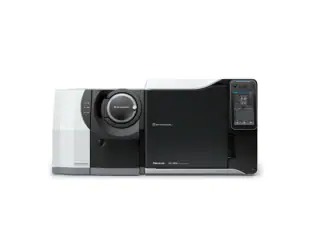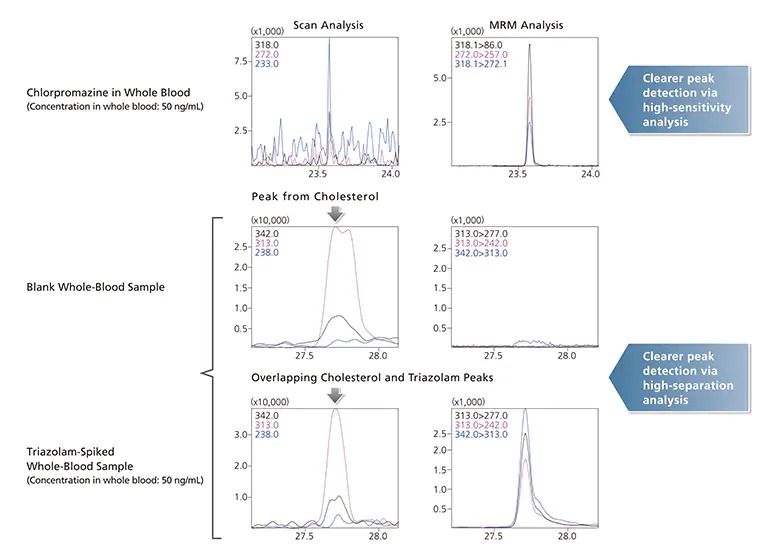Smart Forensic Database is registered with information for MRM analysis of forensic toxicological substances often involved in poisonings, such as drugs of...
Smart Forensic Database
Database for GC-MS and GC-MS/MS

Smart Forensic Database Ver. 2 supports the creation of MRM methods for forensic toxicological substances.
Features
-
-
With GC-MS/MS MRM mode, mass separation is performed in two stages. As a result, background interferences from biological samples are easily separated from...
-
The Smart MRM program creates MRM methods automatically. In multicomponent simultaneous analysis, it is difficult to configure the dwell, event, and...





